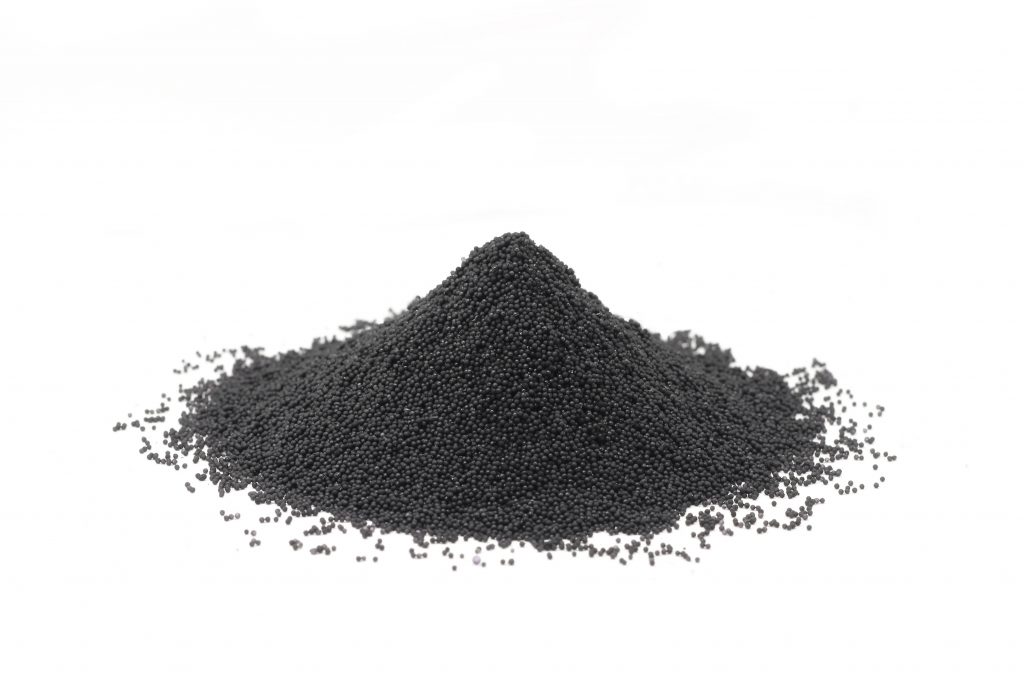Carbon black is a colloidal form of elemental carbon that’s produced as a result of the thermal decomposition or incomplete combustion of heavy hydrocarbons.
An Introduction to Carbon Black
The furnace black process is the most widely used method for producing carbon black. It involves blowing feedstock oil into a specially designed reactor with internal temperatures of 2700°–3500° F. When the feedstock enters the reactor, it partially combusts to produce carbon black and tailgas. The contents of the reactor are then cooled so carbon black can be collected and processed. In addition to high yield, the furnace black process is advantageous because it allows for relatively good control over the properties of the final product, including its grade, geometry, and size.

In 2014, nearly 12 million tons of carbon black was produced worldwide, the majority of which was used in tire manufacturing operations (source: Grand View Research, Inc). It is often added to rubber as a filler and reinforcing agent. In tire production, it is commonly used for inner liners, treads, and sidewalls.
It also possesses good electrical conductivity, making it useful in applications where dissipation of static is critical. In addition, it exhibits high UV resistance, and because of this, it has become increasingly used as a component for plastics production.
According to a recent report released by Grand View Research, Inc., the global demand for carbon black is expected to reach 16.40 million tons by 2022. Primary drivers of growth will include increasing automotive sales and the subsequent rise in tire production, along with a greater need for specialty plastics.
